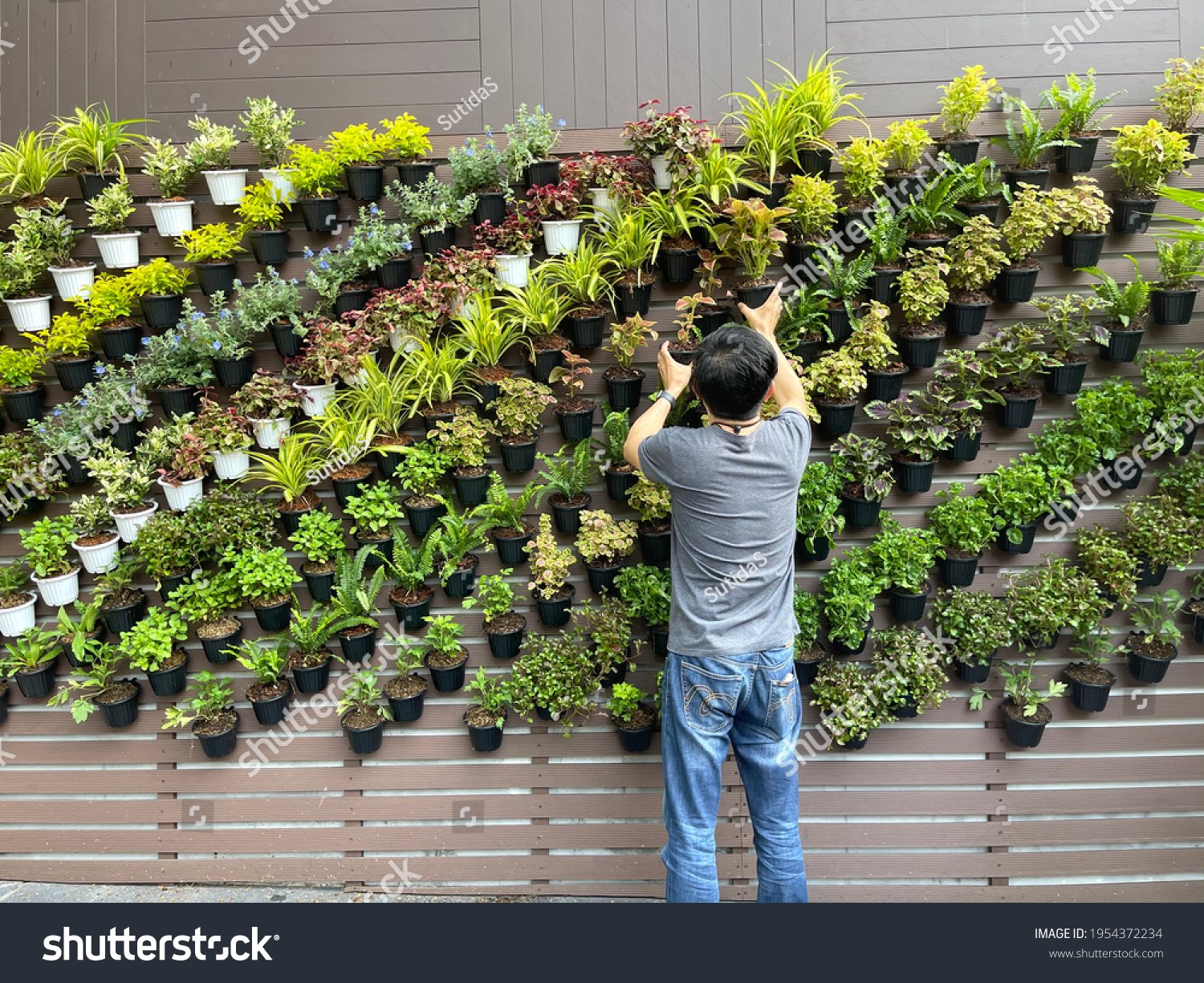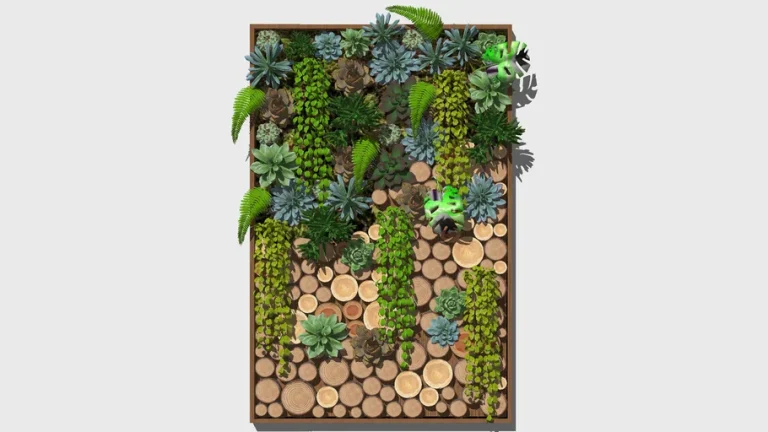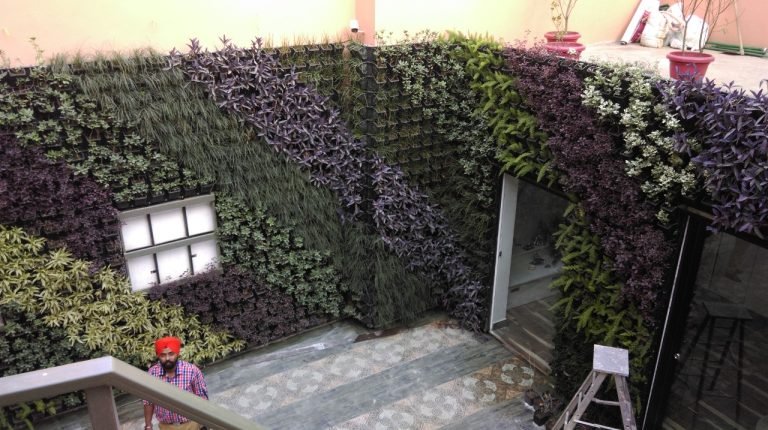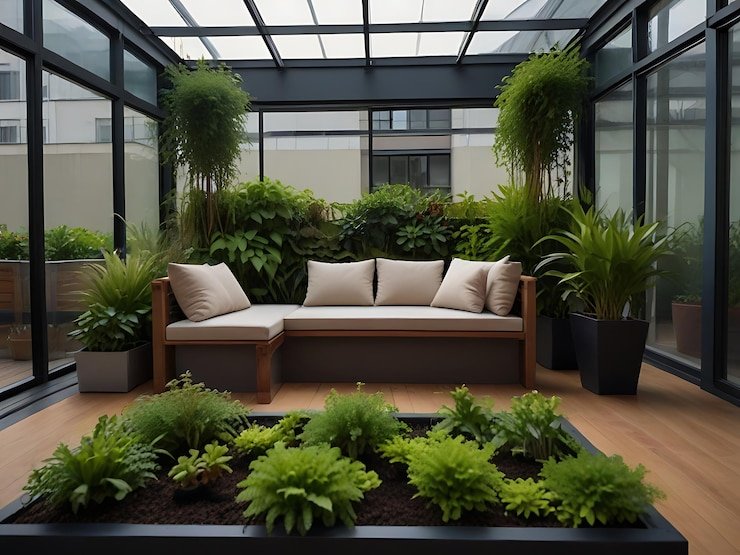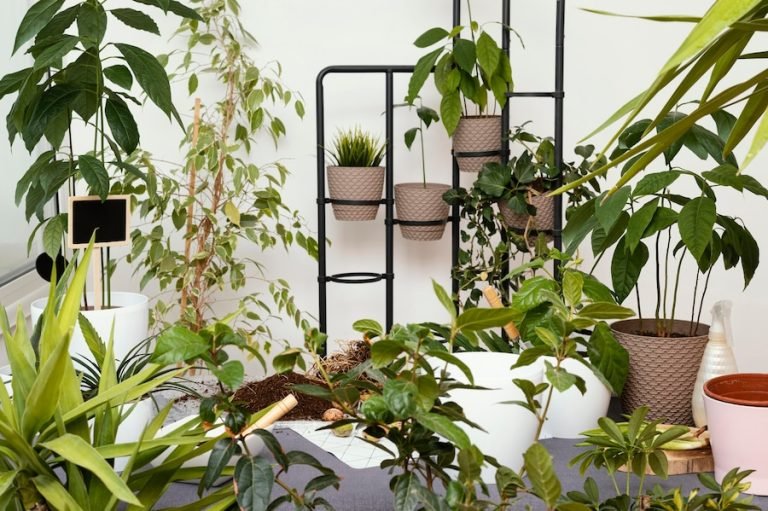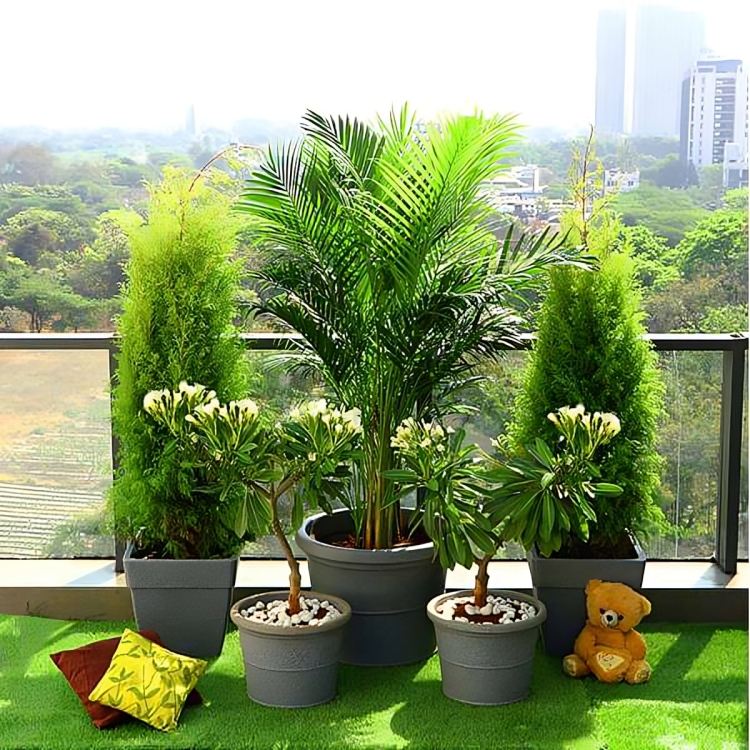Vertical Gardens Elevating Green Spaces to New Heights.
In the urban landscape where space is often a premium, vertical gardens emerge as innovative solutions that seamlessly blend nature with architecture. Also known as green walls or living walls, vertical gardens represent a creative and sustainable approach to urban gardening, transforming walls into lush, thriving ecosystems. This article explores the concept of vertical gardens, their benefits, design considerations, and the positive impact they can have on both the environment and our well-being.
To Know More About It Please Click Here
A Vertical Oasis
Vertical gardens redefine traditional notions of gardening by taking it to new heights—literally. These living installations involve the cultivation of plants on vertical surfaces, such as walls and facades, using various support structures. From residential balconies to commercial buildings and public spaces, vertical gardens offer a versatile and aesthetically pleasing solution to incorporate greenery in urban environments where horizontal space may be limited.
Environmental Benefits
Vertical gardens contribute significantly to environmental sustainability. They act as natural air purifiers, filtering out pollutants and enhancing air quality. The plants absorb carbon dioxide and release oxygen, creating a healthier atmosphere for both humans and wildlife. Additionally, green walls serve as effective insulators, regulating temperature and improving energy efficiency in buildings by reducing heat absorption and minimizing the urban heat island effect.
Aesthetic Appeal
One of the primary attractions of vertical gardens lies in their visual impact. These living walls add a touch of nature to the concrete jungle, creating visually striking and harmonious environments. The combination of different plant species, colors, and textures can be curated to suit the overall design and aesthetic of the surrounding architecture, transforming bland walls into vibrant, living canvases.
Space Optimization
In urban settings, where space is often at a premium, vertical gardens provide a creative solution for maximizing green spaces. Whether in small apartments, corporate offices, or public areas, these gardens enable individuals to experience the benefits of nature without sacrificing valuable floor space. Vertical gardening is especially popular in areas with limited horizontal ground, allowing for a seamless integration of greenery into densely populated environments.
Reduced Urban Heat Island Effect
Urban heat islands, characterized by higher temperatures in urban areas compared to their rural surroundings, can be mitigated by the presence of vertical gardens. The cooling effect of plants and their ability to shade surfaces contribute to a more comfortable and sustainable urban environment. This, in turn, helps reduce energy consumption for air conditioning and promotes overall urban resilience.
Biodiversity and Habitat Creation
Vertical gardens serve as micro-ecosystems, providing habitats for a variety of insects, birds, and other small organisms. The increased biodiversity contributes to the overall health of urban ecosystems, creating pockets of green where diverse flora and fauna can thrive. This aspect of vertical gardens aligns with broader conservation efforts and fosters a connection between urban dwellers and the natural world.
Design Considerations
Creating a successful vertical garden involves careful consideration of factors such as plant selection, irrigation systems, and maintenance requirements. Drip irrigation, hydroponics, and modular planting systems are common techniques employed to ensure optimal growth and sustainability. The choice of plants should take into account factors like sunlight exposure, climate, and the specific aesthetic goals of the project.
To Know More About It Please Click Here
Conclusion
Vertical gardens exemplify the harmonious coexistence of nature and urban living. Beyond their aesthetic appeal, these green walls offer a range of environmental, psychological, and social benefits. As cities continue to evolve, embracing sustainable practices becomes imperative, and vertical gardens stand out as a symbol of the green transformation that can take place within our built environments. From improving air quality to enhancing biodiversity and providing a visual respite from the concrete surroundings, vertical gardens truly elevate green spaces to new heights, making cities not just functional but also beautiful and sustainable.
